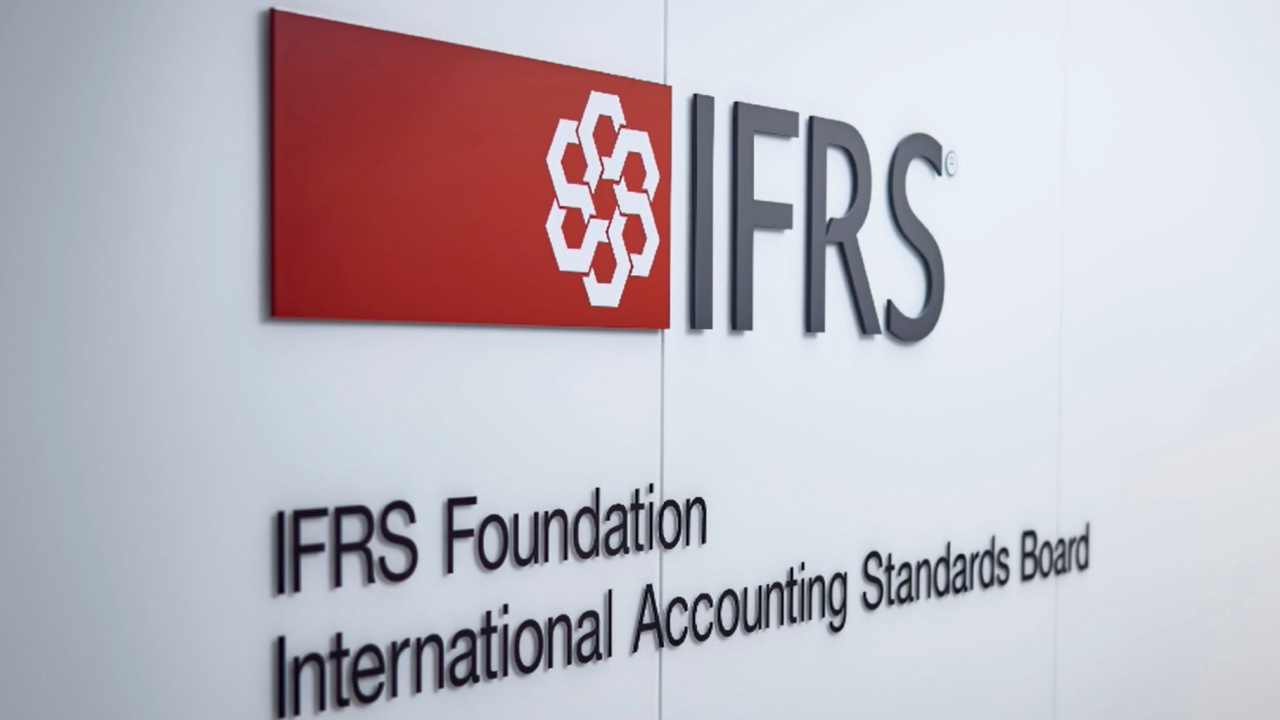Want unlimited access to top ideas and insights?
Expectations are usually bright and cheery. Results are the blunt reality and do not always align with expectations. When expectations are exceeded, not much attention is usually paid to the differences, but when they fall short, the reviews are likely to be pretty careful. I think it's important to review both types of differences and use that information to set new expectations.
I do not know how individual accounting firms set expectations, but I know how surveys present the key issues confronting firms and suspect that these influence the expectations. However, I have seen many surveys and do not believe that most reflect the reality of managing a practice and planning for the future.
From my own experience, my revenue expectations were determined by expected sources of new revenues more so than by applying a growth rate to the current or average revenues. I did this by listing the categories of present clients and the expected growth rate and fallout from those groups. I then estimated referrals from these clients, assuming the services would be similar to those clients. Next I looked at emerging services, my promotional activities and expected sources of new business, and estimated the “flood” of new clients and fees. And lastly, I estimated the amount of special one-time-only transactional services. I did this by year for the next five years. I usually looked at this monthly but did my analysis at the end of each year.
I then looked at the staff and projected for five years whether we had the right staff size and qualities based on the income projection. An organization chart was very helpful in visualizing our practice and its growth. I also estimated the payroll costs, including benefits, for that period. The rest of our expenses were pretty much fixed and this was the easy part. I now had a five-year projection and actually a strategic plan. That reflected my expectations.
To be frank, I looked at it often the first half of the year and, when I would realize we would hit our numbers, I relaxed my reviews, leaving it until January when it was time for a completed update or revision based on how things developed. We worked on adding services, with some taking hold in a pretty significant way and also strengthening our base of monthly fixed-fee bundled-services clients. Taxes, which were the major driver of new business early on, were not as important in our growth plans as the years went on. One reason was the decline in tax audits and IRS collection activities, coupled with the growth in new services.
Strategic plans and projections are a representation of your expectations. There is great value in preparing them as well as reviewing them regularly. They are also a great way to see if you are where you thought you would be at the end of each year. Make it your goal to close the expectation gap.
Do not hesitate to contact me at
Edward Mendlowitz, CPA, is partner at





